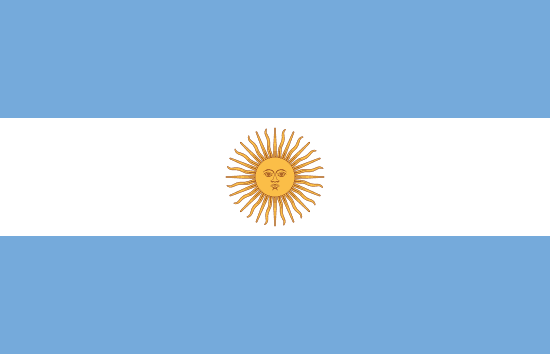"Jujuy te invita, vos venís? | Jujuy invites you, are you coming?"
About:
Humahuaca, a city in Argentina, was founded in the late 16th century. It was an important trade route during the Spanish colonial period due to its location in the Quebrada de Humahuaca valley. The area is known for its rich indigenous culture and history. In 2003, UNESCO declared the valley a World Heritage Site for its cultural landscape and the ancient Inca road system. Today, Humahuaca is a popular tourist destination, offering a blend of natural beauty and historical significance.
When to visit:
Humahuaca, located in the Jujuy province of Argentina, is a charming town known for its rich cultural heritage and stunning natural landscapes. The best time to visit Humahuaca is during its annual Carnival celebrations, which usually take place in February or March. During this time, the town comes alive with vibrant parades, traditional music, and colorful costumes, offering a unique glimpse into the local culture. Travelers can also explore the nearby Quebrada de Humahuaca, a UNESCO World Heritage Site known for its picturesque valleys and ancient ruins.
When to avoid:
The worst time to travel to Humahuaca, Argentina on a holiday is during the rainy season, which typically falls between November and March. During this time, heavy rainfall can lead to road closures, landslides, and difficult travel conditions in the region. Additionally, the increased precipitation may limit outdoor activities and sightseeing opportunities for visitors. It is advisable to plan your trip to Humahuaca during the dry season, from April to October, to avoid potential travel disruptions and fully enjoy the attractions of this historic town nestled in the Andes mountains.
Winter (June-August)
Humahuaca, Argentina experiences its coldest and wettest period from November to March. Average temperatures range from 10°C to 18°C and rainfall peaks at 25mm in January. The sky is often overcast, with only 5-6 hours of sunlight daily. Mornings typically start with misty fog, followed by short, sporadic rain showers in the afternoon. Despite the damp conditions, the high altitude keeps the air relatively dry. Visitors should dress in layers and bring waterproof gear. The weather can change quickly, but the stunning rainbow-colored hills remain a breathtaking sight, even under cloudy skies.
Summer (December–February)
Humahuaca, Argentina experiences its warmest period from November to March, with temperatures ranging from 20°C to 30°C (68°F to 86°F). Rainfall during this time is quite low, averaging around 20mm per month, with January typically being the wettest month. The region enjoys abundant sunlight, with an average of 8-9 hours of daylight per day. Humidity levels are relatively low, typically staying below 50%.
Cloudiness varies, but generally, the sky is more clear than cloudy, offering stunning views of the surrounding landscapes. A typical day for a visitor during this warm period would start with a mild morning, heating up towards the afternoon, and cooling down slightly in the evening. The low humidity and rainfall make it comfortable for outdoor activities and sightseeing. However, it's advisable to wear sun protection due to the high UV index and clear skies.
Language:
In Humahuaca, a city in Argentina, the most commonly spoken language is Spanish, as it is the official language of the country. However, a significant portion of the population also speaks Quechua, an indigenous language that has been preserved and is still used in daily life and traditional ceremonies.




